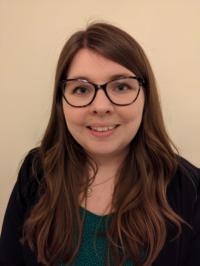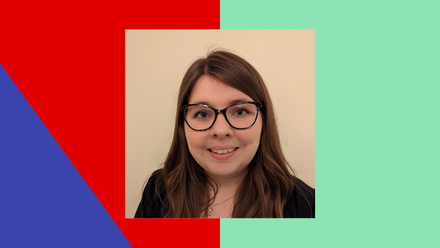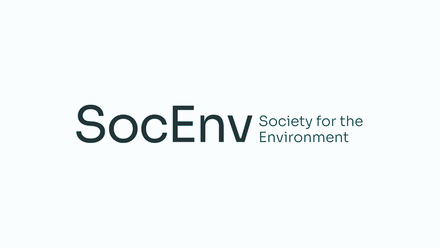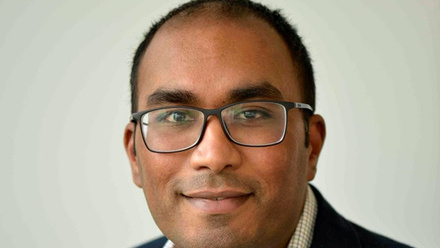Aimee's Road to Chartership - Part 1
Aimee Goodall is sharing her journey towards her Chartered Engineer qualification through the Technical Report Route (TRR).

Background
In terms of education, I have a degree in forensic science and PhD in metallurgy. I currently work as a Process Technology Specialist for Tata Steel Ltd in Llanwern, South Wales and including my PhD, I have 8 years’ experience in the steel industry. I attended a ‘Road to Chartership’ event organised by the IOM3 Student & Early Career Group which inspired me to start putting together my application. I also went to one of the Technical Report Route CEng workshops which was really useful and good to know that there was somebody within IOM3 who I could email when I needed help on my application. After the workshop I sent emails to Sarah Boad looking at my Professional Review Report (but we will discuss that in another post).
I felt that I ticked more of the boxes for Chartered Scientist (CSci) and gained that qualification last November. While I was working on my application and looking at the competencies, I found my role covered both scientist and engineer, so I’m going for Chartered Engineer too.
My Mentor
As part of the CEng application there needs to be a supporter, somebody who can vouch for you and your work. I emailed the IOM3 Membership Department; Tata Steel UK Ltd is on the list of companies where IOM3 has a network of company-based Mentors, and was paired with my chartership mentor Simon Lewis.
The Summary
As part of the Technical Report Route I needed to write an 800 word summary on a subject that I have worked on, covering aspects such as:
- My role in the work forming the report
- Background to the subject
- Key objectives
- Technical review of key engineering, scientific and technological principles encountered.
I felt the project from my current role would be best for my summary as it was most fresh in my mind and decided to write my summary on my Green Belt Six Sigma project as I knew I had it written in a nice format, with clear objectives and technical analysis.
I attended the IOM3 Technical Report Route CEng workshop which was great in helping me work on my application and what to include in the summary, however there was one bit I personally struggled with and that was knowing it the summary was suitable. I didn’t know if it should be on one project or a mixture and hadn’t seen any examples so that I could check the format and subjects. Whenever I did exams or when I was writing my thesis I was able to read previous examples on what was expected which meant that I didn’t have confidence in my summary so it took longer for me to submit. Eventually, I did read an example, a light bulb moment, which proved that I was going in the direction with one project and gave me the confidence to submit. I think it is important if you are struggling with something during the application process to reach out to the membership department, a mentor or somebody who has gone through the process – it helped clear up an issue I was having in minutes.
I sent the summary to my chartership mentor who gave recommendations on how to improve it. I needed to change my wording to mention more of what I actually did making sure to take credit for my work and not pass it off as a team activity and having a mentor who knows my subject area was incredibly useful.









